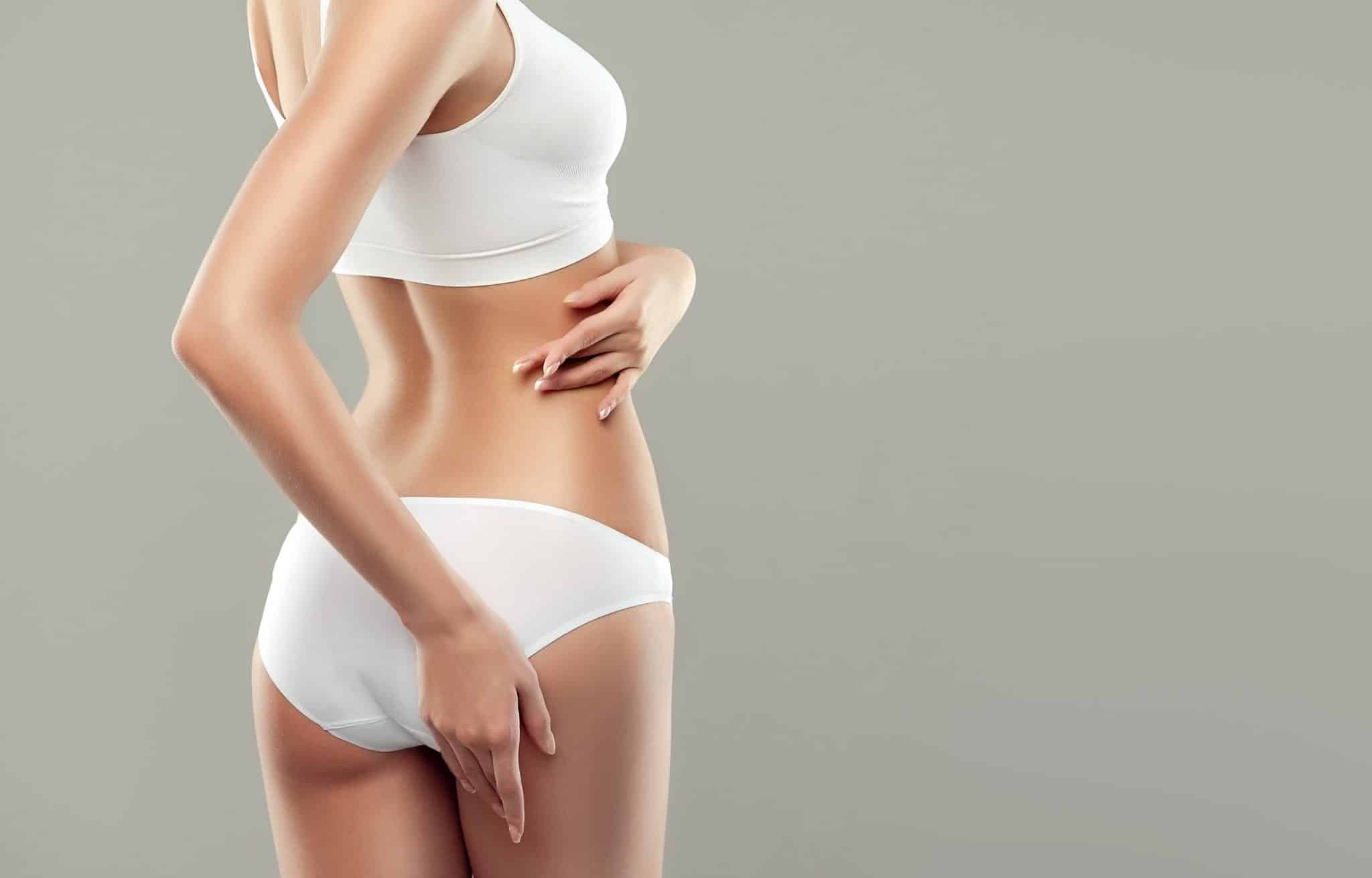Love is in the air, and Valentine's Day is the perfect occasion to embrace your…

Facelifts Myths & Rumors – Tackling Common Misconceptions
Some plastic surgery procedures are so famous that they’ve risen to the status of urban myth and legend. These days, few people can claim ignorance about breast augmentation, liposuction, or one of the leading procedures on the market—facelifts.
It’s easy to understand why these procedures (out of so many others) capture our imaginations. Slimming down, staying young, and feeling as attractive as possible are common goals, bordering on shared fantasies. But with plastic surgery, these desires are plucked from dreams and turned into reality. Misconceptions and myths are the simple side effects of something that—to most people—seems too good to be true.
Facelifts in particular suffer from a legion of misunderstandings. At Pinnacle Plastic Surgery, we’ve heard just about everything under the sun. Here are some of the most common myths about facelifts along with some answers to put them to bed.
Facelift Myths, Rumors, & Misconceptions Answered
Myth: Facelifts Create Unnatural & Obvious Results
It’s easy to see how this misconception arose. All it takes is a handful of poorly performed facelifts to amplify the suspicion that the procedure is less effective than advertised.
When celebrities seek procedures from unskilled surgeons, their visibility and their awkward results further convince already skeptical viewers that facelifts cannot create a natural look.
Truth: Facelifts are a Matter of Skill & Skill Varies
No two faces are alike. The facelift procedure should adjust to facial contours, bone structures, and individual patient desires. Furthermore, not all plastic surgeons are equally credentialed or skilled. Unfortunately, many providers have less experience, diligence, and attention to detail than others.
Board certification is not a requirement for plastic surgeons. Many choose to practice without it. Choosing an experienced, board-certified surgeon at a reputable practice is the best way to ensure that you end up with desirable results. Ask for before-and-after photos of previous patients and do plenty of research before scheduling your consultation.
Myth: Injectable Treatments & Other Alternatives are as Effective as Facelifts
In the cosmetic industry, as in life, people want a shortcut. Surgical procedures can be a sizable financial and physical commitment, so naturally, myths about their efficacy abound.
Injectable treatments are popular and effective. But the thought that they (or any other non-surgical treatment) could begin to approach the same results as a facelift relies on a misunderstanding of the body, of aging, and of the procedures themselves.
Simply put, if non-invasive or minimally invasive procedures could produce the same results as facelifts, why would anyone still offer facelifts today? Why would anyone choose them?
Truth: Facelifts Produce Singular, Remarkable, & Drastic Results
While effective, injectables wear off. Neurotoxins and dermal fillers may last (at absolute most) for two years. Facelifts, on the other hand, last a decade at least. The difference between the two options boils down to the methodologies behind them.
Neurotoxins briefly paralyze muscles to decrease the appearance of fine lines and wrinkles. Dermal fillers plump the skin with synthetic hyaluronic acid. Facelifts, at their basest function, remove excess skin and reposition remaining skin for more dramatic results that endure over longer periods of time.
Surgical intervention has been and is now the most effective treatment for facial rejuvenation, period.
Myth: Older Women Make Up the Majority of Facelift Patients
There is a kernel of truth to this notion, but overall, the sentiment is incorrect. While the majority of cosmetic procedures and plastic surgeries are performed on women, men are certainly no strangers to the industry.
Furthermore, the age of patients has less to do with their interest in facelifts. Of greater concern is the visual age of the face—a complex mix of numerous factors, including genetics, lifestyle choices, skin laxity, sun exposure, and more.
Truth: Men & Women of Varying Ages Choose Facelifts
According to data collected by the American Society of Plastic Surgeons, 8% of all facelifts performed in 2020 were for male patients. Out of 234K+ facelifts, men were responsible for 18K.
About the same number of men opted for chest reduction, while the bulk of them (over 65K) chose a rhinoplasty, demonstrating that men care about their facial appearance more than you might think. There’s also evidence that men are choosing facelifts at an accelerating rate, further dispelling the taboo around such procedures among the male population.
Finally, both men and women are choosing facelifts across different decades of life. Most patients express interest in their 40s, 50s, 60s, and beyond, but we wouldn’t normally say of someone in their 40s that they were “older.” Facelifts aren’t exclusively for women, nor are they typically performed at greater numbers for patients over the age of 60.
Dispelling Myths, Empowering Patients, & Improving Lives
At Pinnacle Plastic Surgery in Beaufort, SC, we hear plenty of myths about our most popular procedures—facelifts top among them. Thankfully, we have the skill, the data, and the understanding to cut through these misconceptions so that we can improve the lives of our patients.
To learn more about our services, or to schedule a consultation for whatever you may need, call us at 843-815-6699 today or contact us online.
Let the Rumor Mill Spin while You Make the Best Choice for Yourself & Your Body
At the end of the day, people who are already resistant to cosmetic procedures and plastic surgery will find a way to discount those who care. The only thing that matters is how you feel about yourself and how you feel about the results of your facelift. It’s natural to have questions, and we’re happy to answer them. Call us at 843-815-6699 today so that we can start an honest conversation with you or schedule a consultation online.



